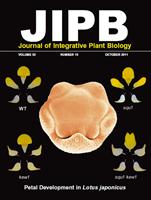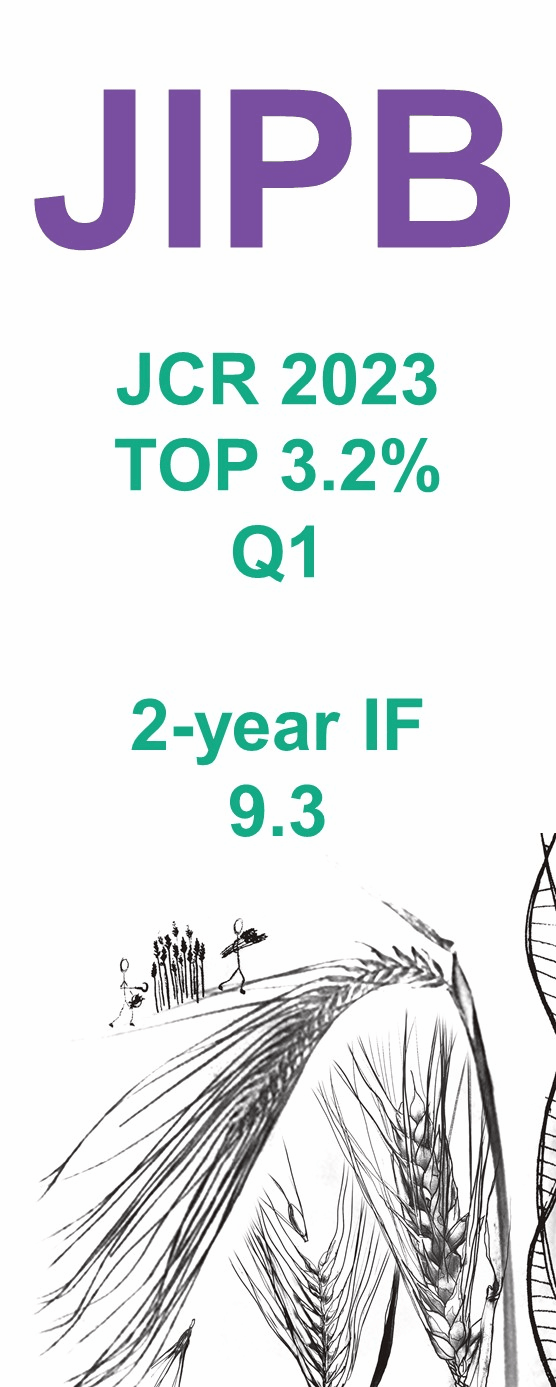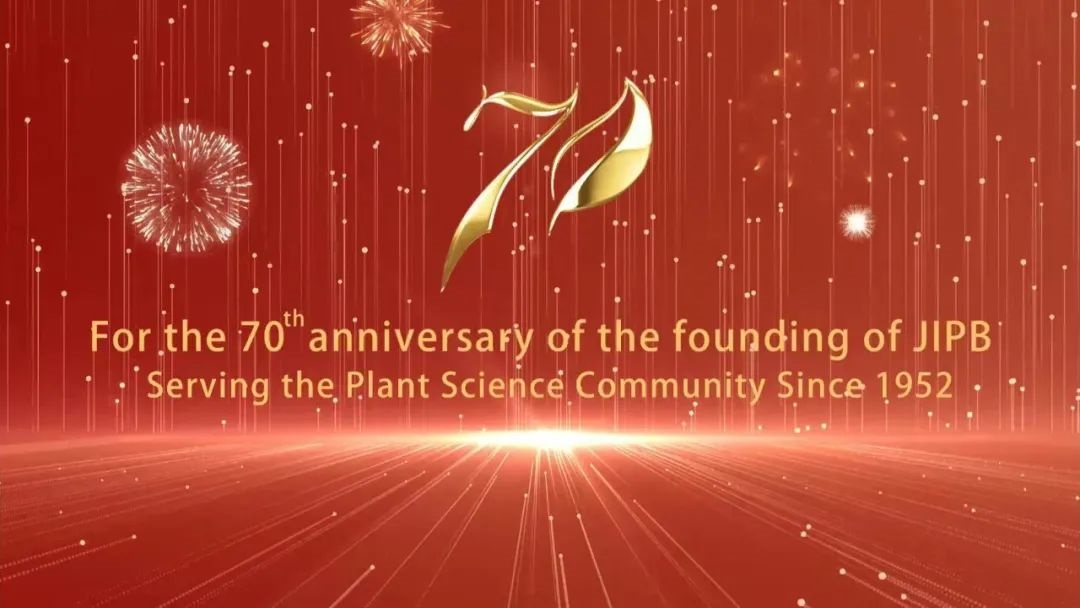Author: Giovanni Emiliani, Maria Laura Traversi, Monica Anichini, Guido Giachi, and Alessio Giovannelli
In temperate regions, latewood is produced when cambial activity declines with the approach of autumnal dormancy. The understanding of the temporal (cambium activity vs dormancy) and spatial (phloem, cambial region, maturing xylem) regulation of key genes involved in the phenylpropanoid pathway during latewood formation represents a crucial step towards providing new insights into the molecular basis of xylogenesis. In this study, the temporal pattern of transcript accumulation of 12 phenylpropanoid genes (PAL1, C4H3/5, C4H4, 4CL3, 4CL4, HCT1, C3H3, CCoAOMT1, COMT2, COMT5, CCR2) was analyzed in maturing xylem and phloem of Picea abies during latewood formation. Quantitative reverse transcription-polymerase chain reaction analyses revealed a well-defined RNA accumulation pattern of genes involved in the phenylpropanoid pathway during latewood formation. Differences in the RNA accumulation patterns were detected between the different tissue types analyzed. The results obtained here demonstrated that the molecular processes involved in monolignol biosynthesis are not restricted to the cambial activity timeframe but continued after the end of cambium cell proliferation. Furthermore, since it has been shown that lignification of maturing xylem takes place in late autumn, we argue on the basis of our data that phloem could play a key role in the monolignol biosynthesis process.
Keywords: cambial region; gene expression; latewood formation; xylogenesis.
Emiliani G, Traversi ML, Anichini M, Giachi G, Giovannelli A (2011) Transcript accumulation dynamics of phenylpropanoid pathway genes in the maturing xylem and Phloem of <i>Picea abies</i> during latewood formation. J. Integr. Plant Biol. 53(10), 783–799.




 Scan the QR code to view JIPB on WeChat
Scan the QR code to view JIPB on WeChat













